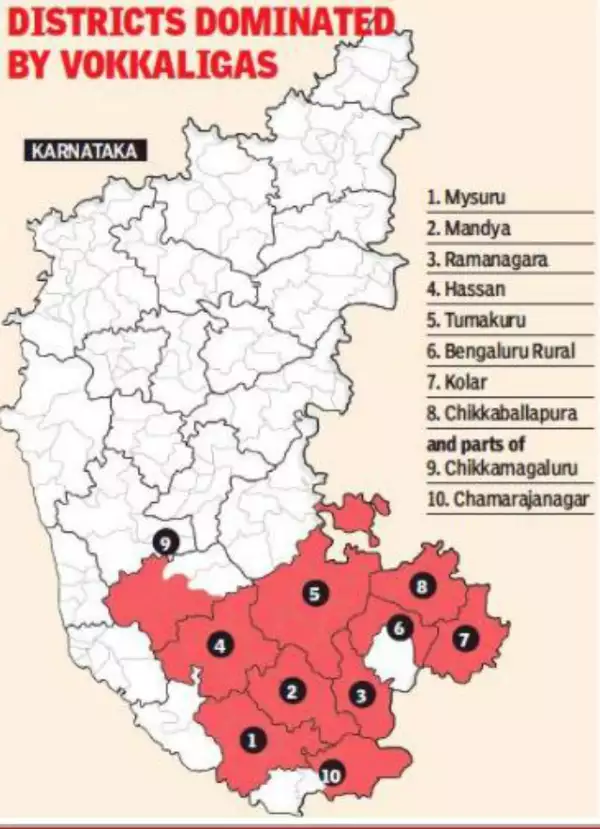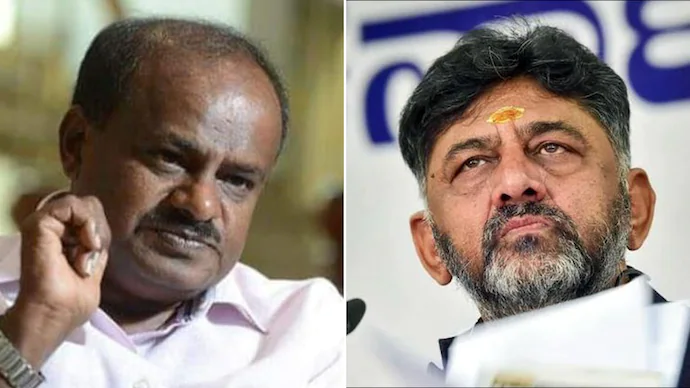When HD Deve Gowda was sworn in as the 11th Prime Minister of India in June of 1996 after his two-year stint as Chief Minister of Karnataka, it was truly a red-letter day for the Vokkaliga community. Post Independence and up to the reorganisation of the state of Karnataka, the Vokkaligas controlled the Old-Mysuru region’s political and economic aspects.

Kengal Hanumanthaiah – Wikipedia
The second Chief Minister of Karnataka, Kengal Hanumanthaiah was supportive of unifying the state and was a big leader of the Vokkaligas. There have been seven Chief Ministers of Karnataka from this community. The region has 58 assembly constituencies.
Political parties always look to the Vokkaliga-Lingayat community as they know that a huge chunk of their votes come from there. Before the 20th century, the Vokkaligas along with the Lingayat community owned most of the cultivated land in Karnataka. With 15 percent of the population in Karnataka being Vokkaligas, they decide at least 100 of the Legislative Assembly constituency seats.

Map of Karnataka showing where the Vokkaliga community votes. Credit: TOI
In 2018, 42 members of the Vokkaliga community won the election. This time around, the BJP is set to focus its attention on 10 assembly seats where the Vokkaliga community predominantly votes (they usually focus on the Lingayats). In March 2023, the Karnataka Government decided it would increase the reservation of Lingayats to 7 percent and Vokkaligas from 4 to 6 percent.
The Kempegowda statue in Kempegowda International Airport was built in November 2022, this too can sway the vote. Keeping one eye on the upcoming elections, the Karnataka government hiked reservations and quotas for the Scheduled Castes, Scheduled Tribes, and Other Backward Castes.
Which political party will get the better of the Vokkaligas, we have to wait till the 13th of May when the election results are out.
ALSO READ
P Nagraj Gowda – The Heavyweight Against KBG in Byatarayanapura Constituency | JDS





















































































